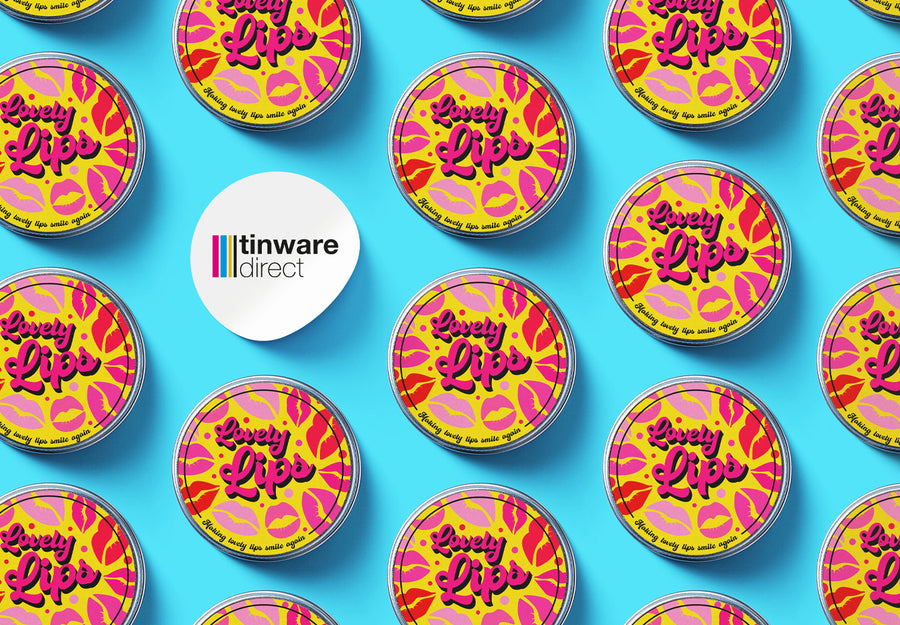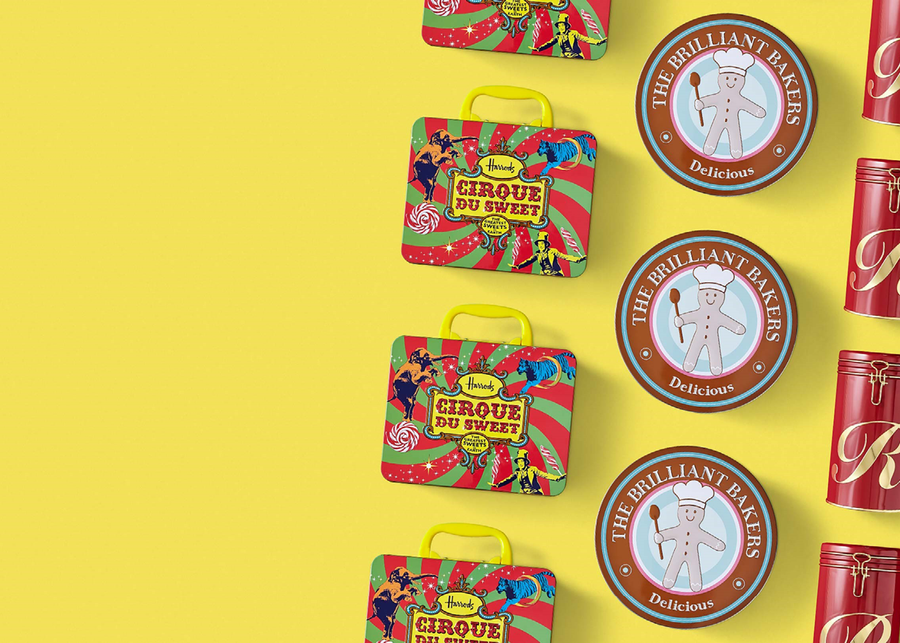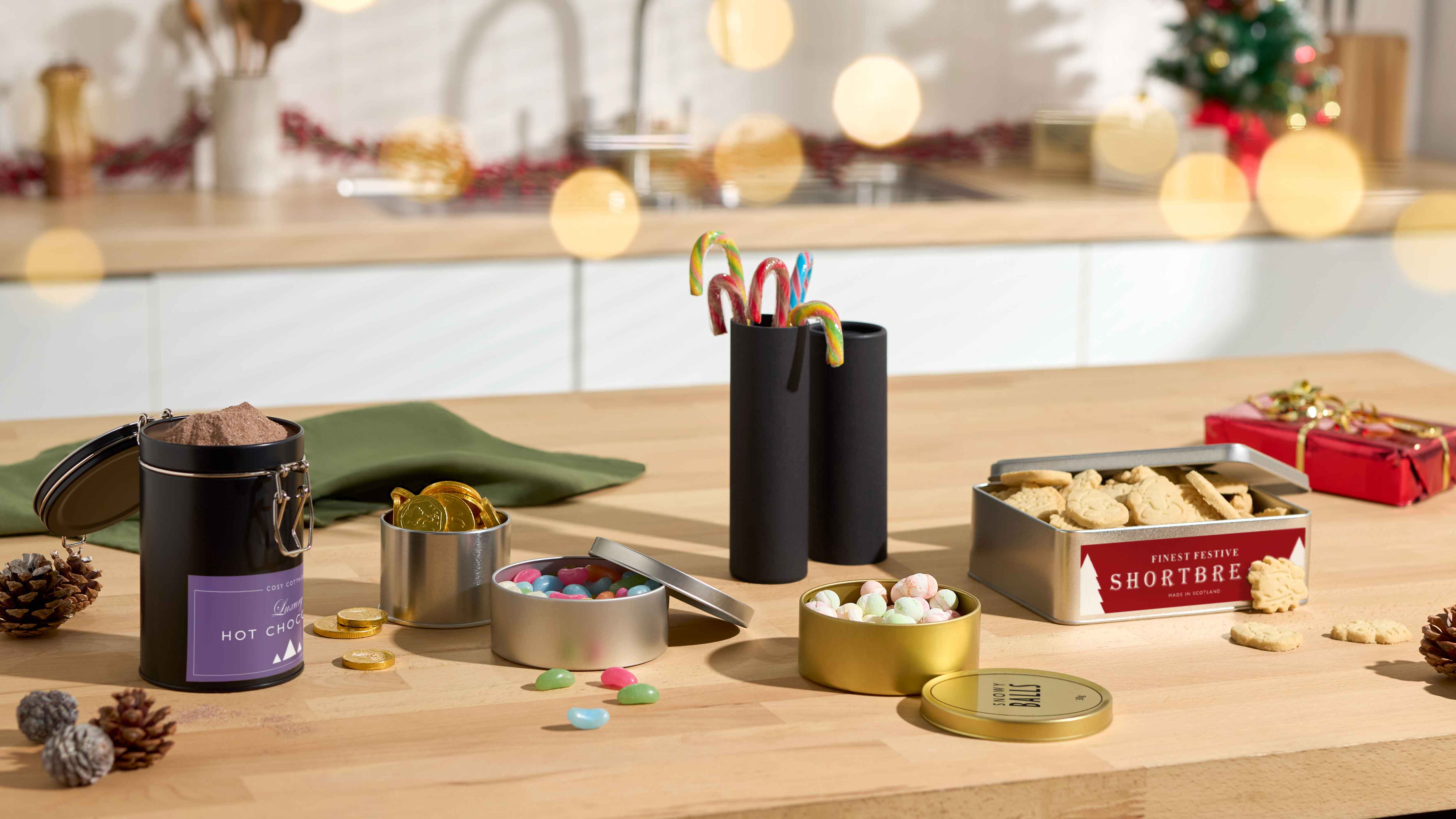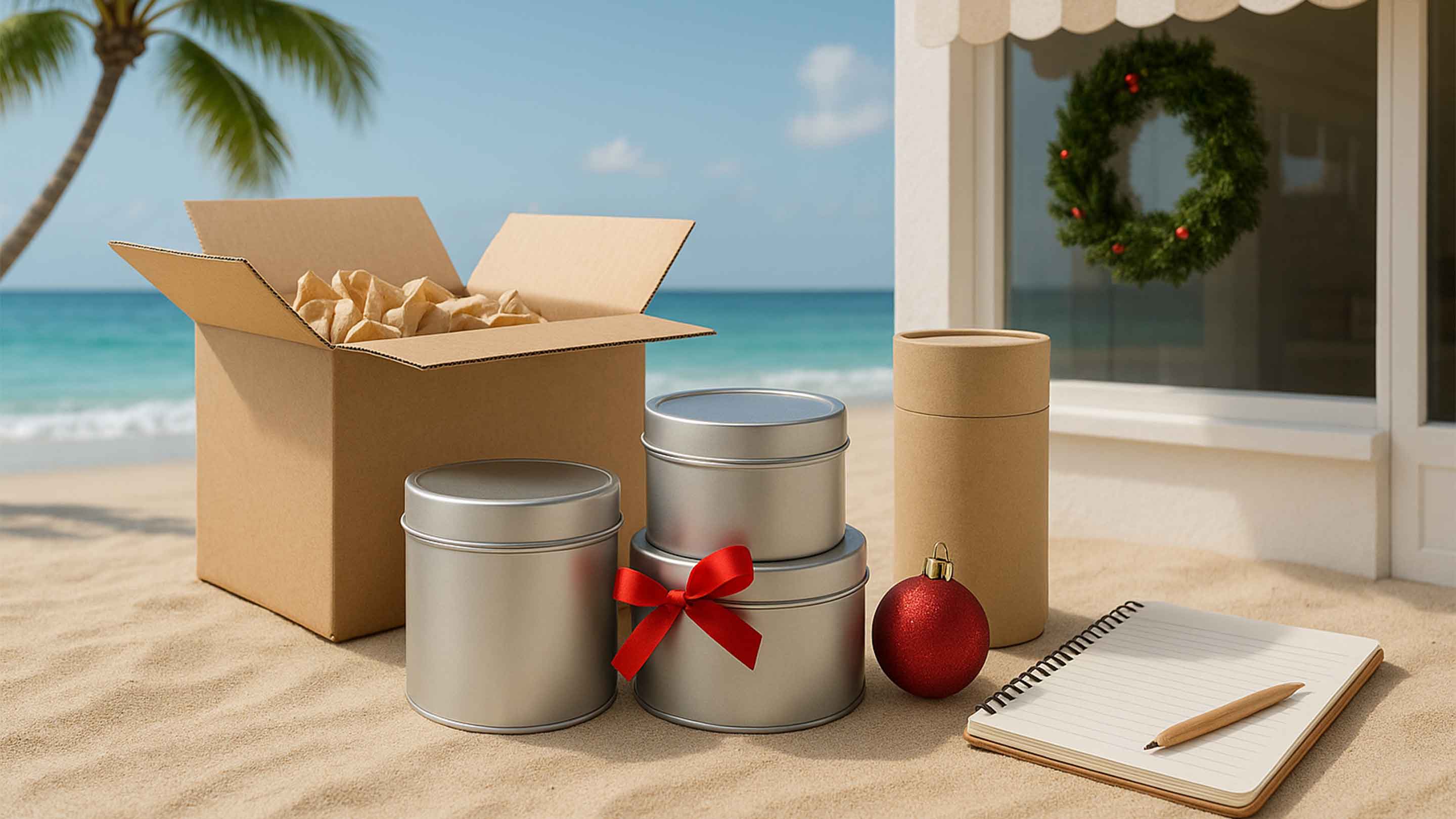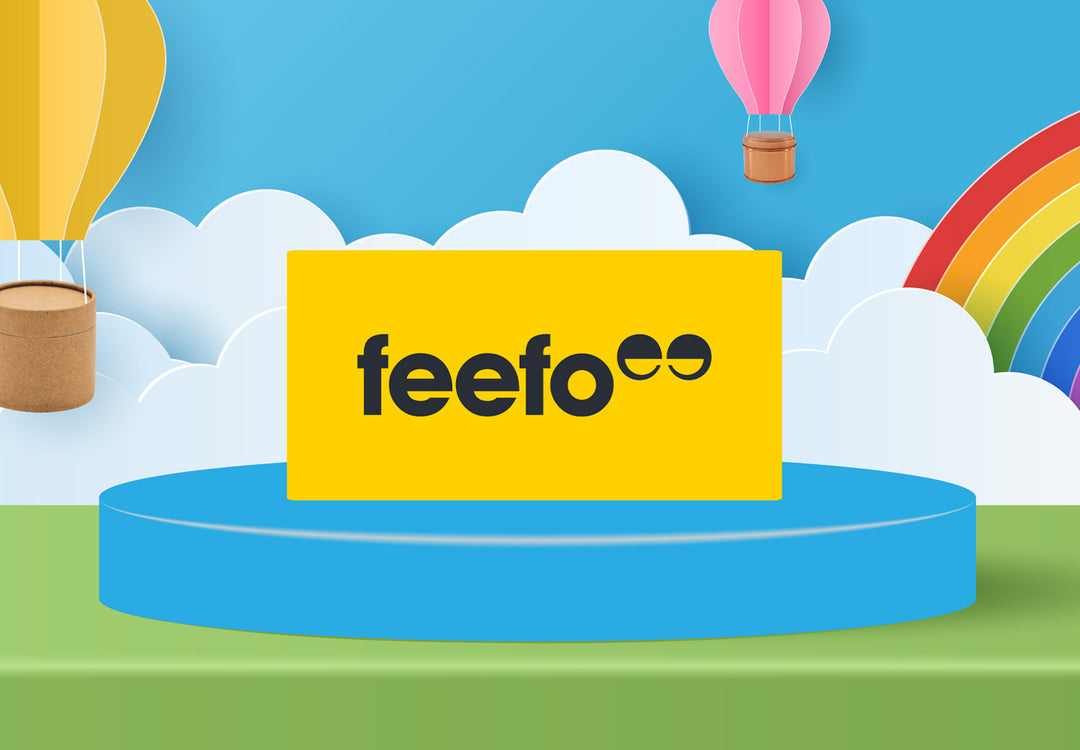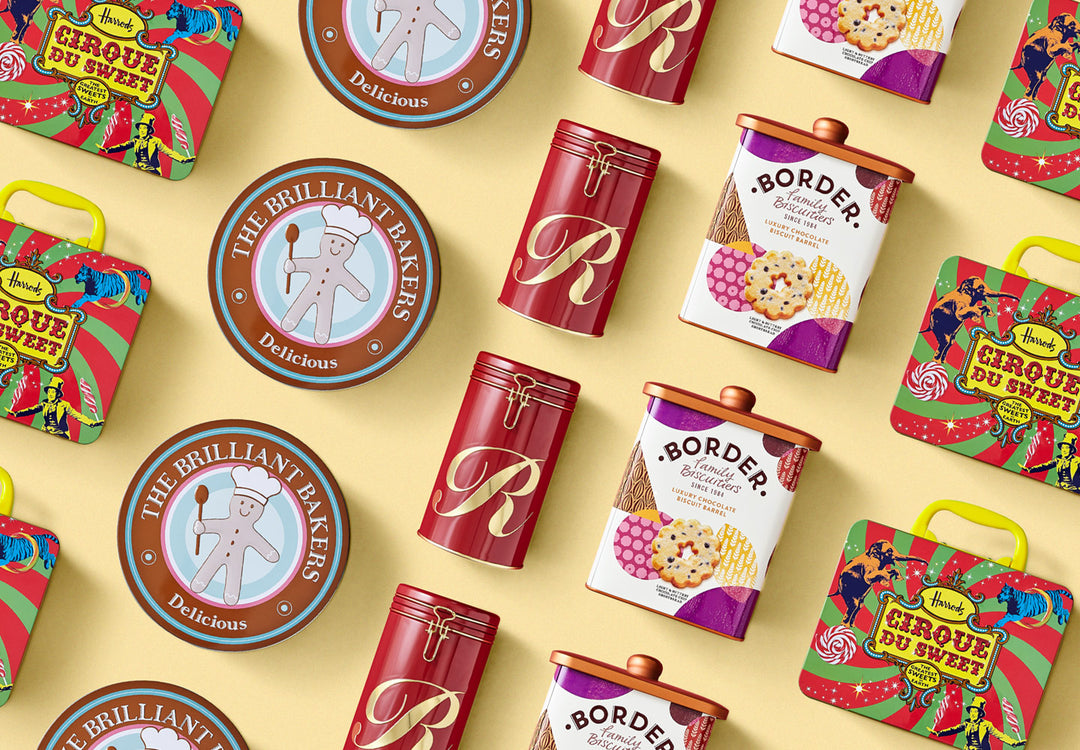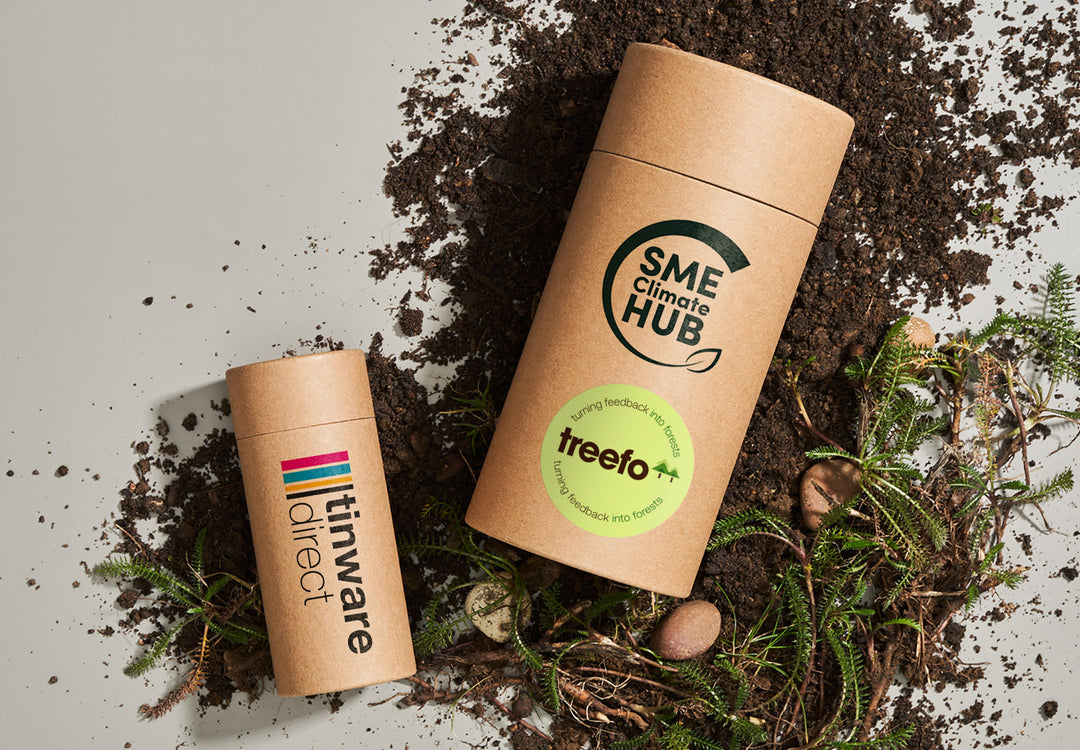Transitioning from Plastic to Eco-friendly Packaging: A Five-Step Guide
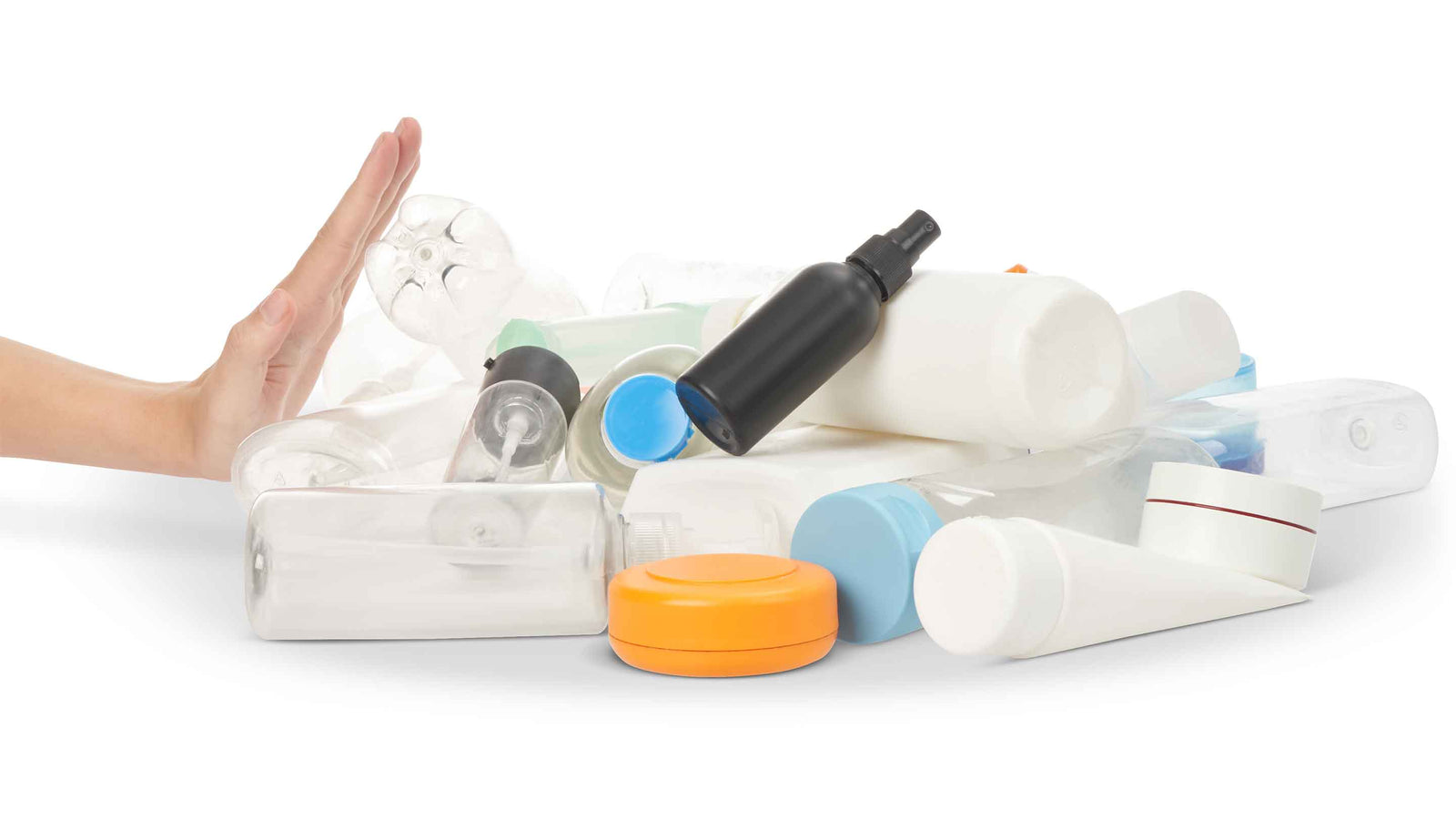
The consensus is clear: Consumers in all sectors are calling for eco-friendly packaging. This calls for a total overhaul of the current packaging approach for many businesses.
Are you still using plastic packaging in your business operations? If so, it’s time to think about moving towards greener alternatives.
At Tinware Direct, we’re dedicated to helping you develop a strategic plan that makes this transition as seamless and straightforward as possible within your business framework.
Step 1: Equip Yourself with Knowledge
Whether you’re a decision-maker or need to convince important stakeholders in your company, understanding the major facts about plastic packaging is vital. Here are some powerful statistics that will strengthen your case:
- In 2021, each resident in the EU produced approximately 188.7 kg of packaging waste.
- An alarming 46% of packaging finds its way into landfills, and 22% is poorly managed.
- Adopting the reuse of packaging could cut greenhouse gas emissions by an impressive 69%.
- Modifications in packaging could lead to a 30% decrease in scope 3 emissions.
- An overwhelming 90% of consumers are swayed by the use of metal packaging for products on retail shelves - they recognise its sustainability!
- Eco-friendly packaging enhances production efficiency and reduces costs.
Step 2: Determine the Optimal Materials and Solutions

The subsequent step involves pinpointing the most appropriate materials and solutions for your enterprise. There’s a variety of eco-friendly packaging materials to choose from, such as:
- Cardboard packaging
- Metal packaging (like tin and aluminium)
- Compostable biomaterials Each choice has its unique set of pros and cons. Some are readily recyclable, while others are fully biodegradable. Metal packaging, including tin and aluminium, is a robust option, whereas cardboard packaging is attractive to the younger, environmentally aware consumers. Hence, it’s essential to carry out thorough research before settling on the optimal choice.
Step 3: Grasp Your Primary Packaging Needs
When choosing the right packaging material, take into account the specific needs of the products you offer. For example, if you’re marketing a water-based cosmetic product such as a lotion or soap, it’s vital to opt for an eco-friendly packaging solution with a water-resistant liner. An EPE liner will prevent any leaks during and after transit. If your goal is to create a high-end design for your products, tinplate packaging is a superior choice. Tinplate merges the visual appeal of tin with the resilience of steel, resulting in an enticing final display. When selecting packaging, consider aspects like:
- Size
- Durability
- Appearance
- Accessibility
Step 4: Delve into Innovative, Influential Design Options
Packaging is a potent medium to engage with your customers. It conveys a distinct message and can modify the image of your brand. It can also aid in expanding your market penetration. That’s why a change in your packaging material should be seen as a chance for innovation. Whether you’re choosing custom or off-the-shelf packaging, you can always find the ideal package to make your product pop. If you opt for metal packaging, take that statement to heart. You’re sure to grab any customer’s attention!
Step 5: Seek Out the Ideal Supplier
Once you’ve figured out how to choose the material, it’s time to begin your search for suppliers. It’s essential to find a supplier you can rely on and avoid those that make misleading sustainability claims. Also, evaluate whether a company provides:
- The correct stock selection
- A quick turnaround
- High-quality products Remember, any issue with your supplier can have a domino effect on your supply chain, impacting your business’s overall performance and, ultimately, customer feedback.
Step 6: Enlighten Your Target Market
Customers often dread the unknown and might be wary of changes within a company. Even if the benefits are clear, a minor change like a new packaging design could potentially lead to a significant drop in sales. To counter this, it’s vital to inform your customers about the benefits of metal or cardboard packaging and the reasoning behind this change. If you incorporate this into your marketing plan, it will pave the way for market triumph.
Switching from plastic packaging to cardboard tubes or metal containers may seem like an intimidating task that needs the right support. If you’re eager to dig deeper and seek guidance from packaging experts, feel free to reach out to our team today. We’re ready to help you navigate towards a sustainable future. 🌍💼
